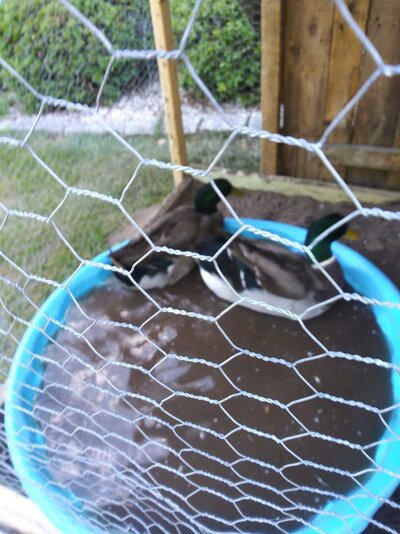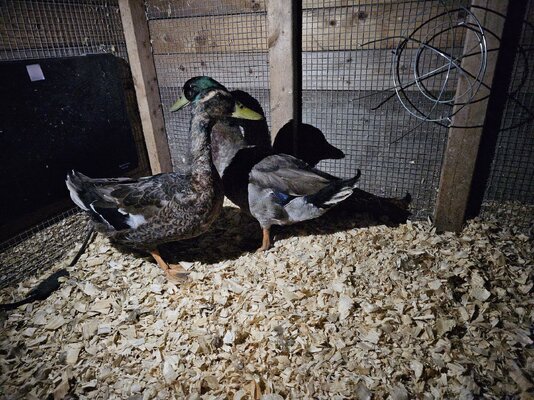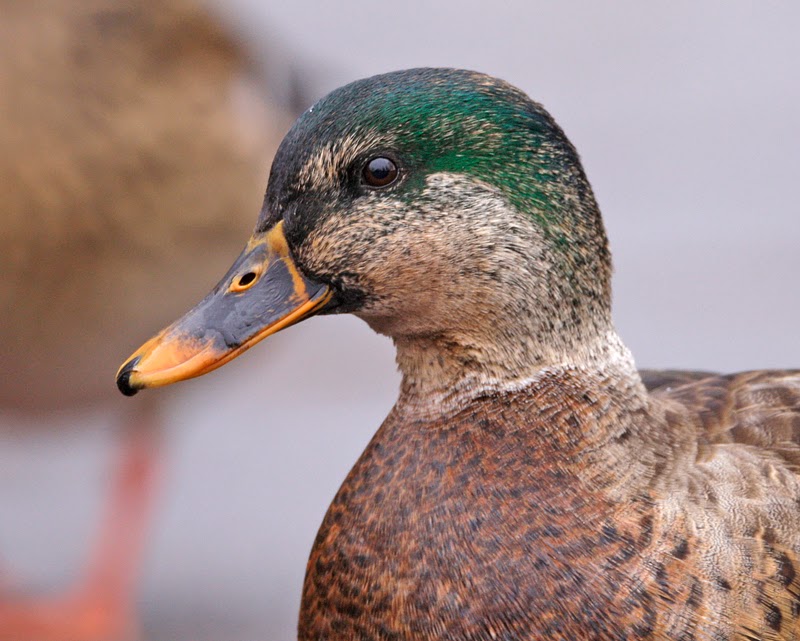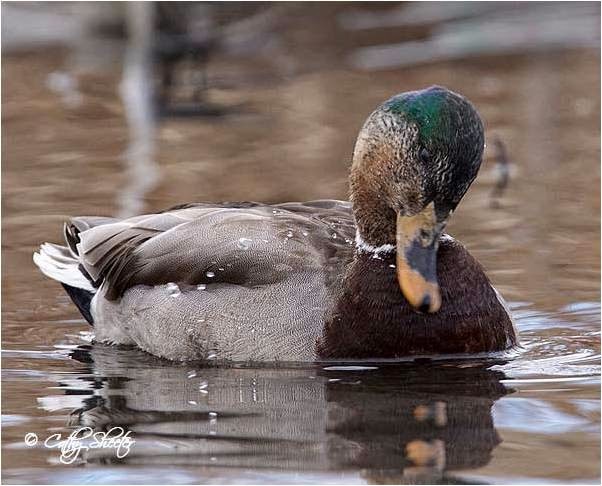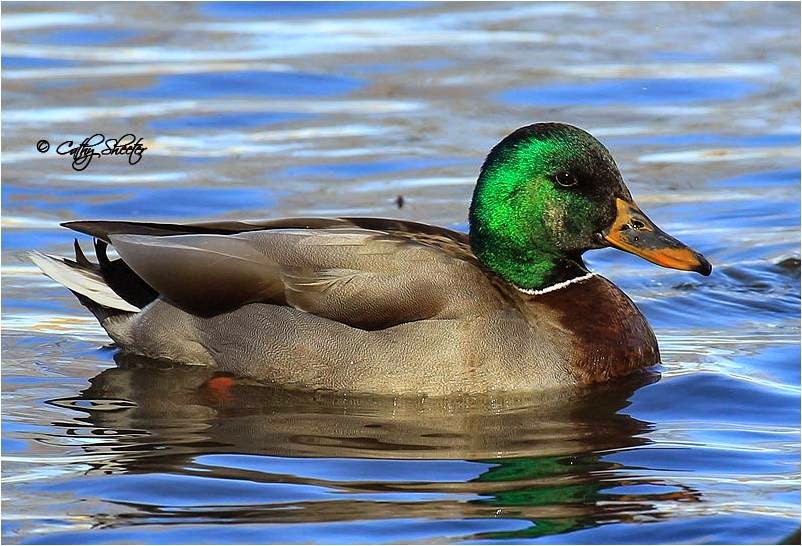I have 2 Rouen males kept together for a year. (Since they were hatched) i separated them from the flock because i already had a male with my girls. The two boys were happy together until a couple months ago when they started to fight. I split them up so they could see each other, but not do any harm while i found new homes for them.
Fast forward to this passed week. One of the males had drop most of his feathers and replaced them with female feathers. He is even supporting the eye stripe.
Two years ago one of my males became a female, which blew my mind. That's was after a raccoon had attacked. I read that it can happen, but did not see that a male can change to female
Maybe something in the water? I'm baffled and would love some advice. Thanks in advance for any info
* The picture in the pool is from last fall. The picture in the coop is from today
Fast forward to this passed week. One of the males had drop most of his feathers and replaced them with female feathers. He is even supporting the eye stripe.
Two years ago one of my males became a female, which blew my mind. That's was after a raccoon had attacked. I read that it can happen, but did not see that a male can change to female
Maybe something in the water? I'm baffled and would love some advice. Thanks in advance for any info
* The picture in the pool is from last fall. The picture in the coop is from today

